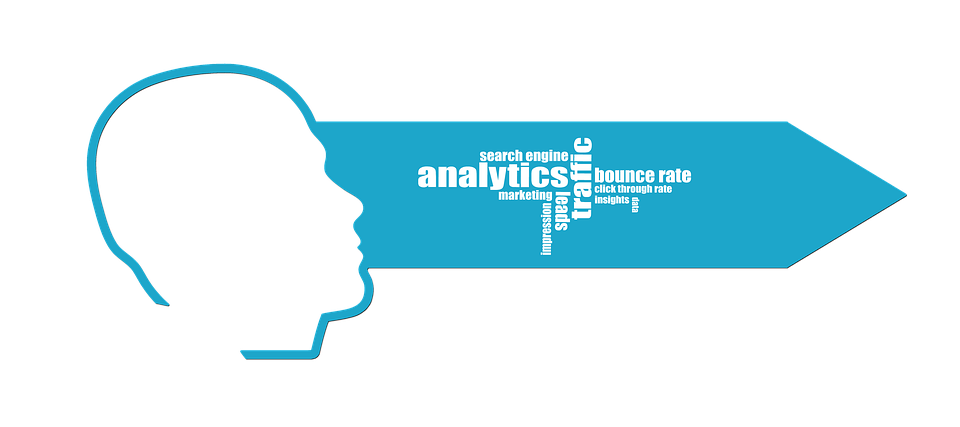Are you trying to figure out the reasons for a high bounce rate? Well, you’ve come to the right place!
A high bounce rate is one of the worst factors that can affect your lead generation and conversion potential. It’s why businesses everywhere are trying their best to lower the percentage of visitors who leave their website after viewing just one webpage.
If you figure out why your website has a high bounce rate, you can fix the problem areas and increase your visitors’ interest in your content. You can check the overall bounce rate for your site, as well as the bounce rate of individual webpages, in the Audience Overview tab of Google Analytics. Typically, if your website’s bounce rate is somewhere between 26% and 40%, then you have nothing to worry about.
However, your rate can also vary based on your industry, webpage specifics, and the kind of site you operate. Usually, if your bounce rate is more than 70%, you need to figure out why that is and how you can decrease it.
So, let’s discover some potential reasons for a high bounce rate!
6 Reasons for High Bounce Rate
Here are six common reasons why your website has a high bounce rate:
1. Slow Loading Pages
A slow-loading page often contributes to a high bounce rate. If your website’s pages take longer than a few seconds to load, your visitors might get frustrated and leave your website. Google wants to promote content to its user that results in a positive experience for them.
A slow-loading page can contribute to a negative experience. It’s why the search engine focuses on site and page load speed. You must make optimize the loading speed of your webpages by using compressed images, reducing third-part scripts, leveraging browser caching, etc.
2. Misleading Meta Descriptions or Title Tags
One of the most common reasons for a high bounce rate is a misleading title tag or meta description that fails to summarize the content of your webpage. It leads potential visitors to click on a link thinking your content is related to their search query only to find out that it isn’t, which leads them to bounce back to the search engine.
It’s why you must stay away from keyword clickbait and review the content of your pages along with their title tags and meta description to ensure that they aren’t misdirecting potential visitors. If the information does not match, you might need to change the meta tag or your content to suit the search query.
3. Technical Error or Blank Page
If your webpage’s bounce rate is inexplicably high and people aren’t spending more than a few seconds on it, your webpage might be returning a 404 error or appearing blank. Access the webpage from your audience’s most popular device configurations and browsers to replicate the user experience and figure out the fault and fix it.
4. Under Optimized or Low-Quality Content
Your visitors might be bouncing from your website because of the quality of your content. You need to produce high-quality, credible, valuable content to keep your visitors hooked. You also need to optimize your content for SEO, readability, and engagement.
Here are some ways to optimize your content:
- Write in simple sentences and use scannable fonts.
- Use header tags, break paragraphs, and use lists to break the monotony of chunks of texts.
- Answer the search query clearly
- Add images to break up the copy and make it more engaging
- Use infographics and videos to engage the visitor and offer them more value
5. Poor User Experience
Are your webpages overloaded with unnecessary CTAs, pop-up surveys, ads, and email subscribe buttons? If that’s the case, you might be making your visitors bounce back from your website. After all, cluttering your page with too many stimuli and user-specific requirements might lead to a poor user experience. It can make your pages unappealing to the user and confusing to operate. So, make sure to keep your pages as clean, relevant, and engaging as possible without overdoing the CTAs.
6. Non-Mobile-Friendly Pages
Lastly, an irresponsive webpage that is not mobile-friendly might be the reason for your high bounce rate. You need to optimize your website for mobile devices. Otherwise, your users might end up with a webpage with missing information, a wacky navigation menu, a confusing layout, and more. You can use Google’s free Test My Site tool to detect non-mobile-friendly pages.
Now that you know all the common reasons for a high bounce rate, you can work on fixing these issues. If you are worried about your high bounce rate, get in touch with Marketing Tiki today. We can help you optimize your website to ensure your visitors have a positive user experience and they feel inclined to further explore your site.
